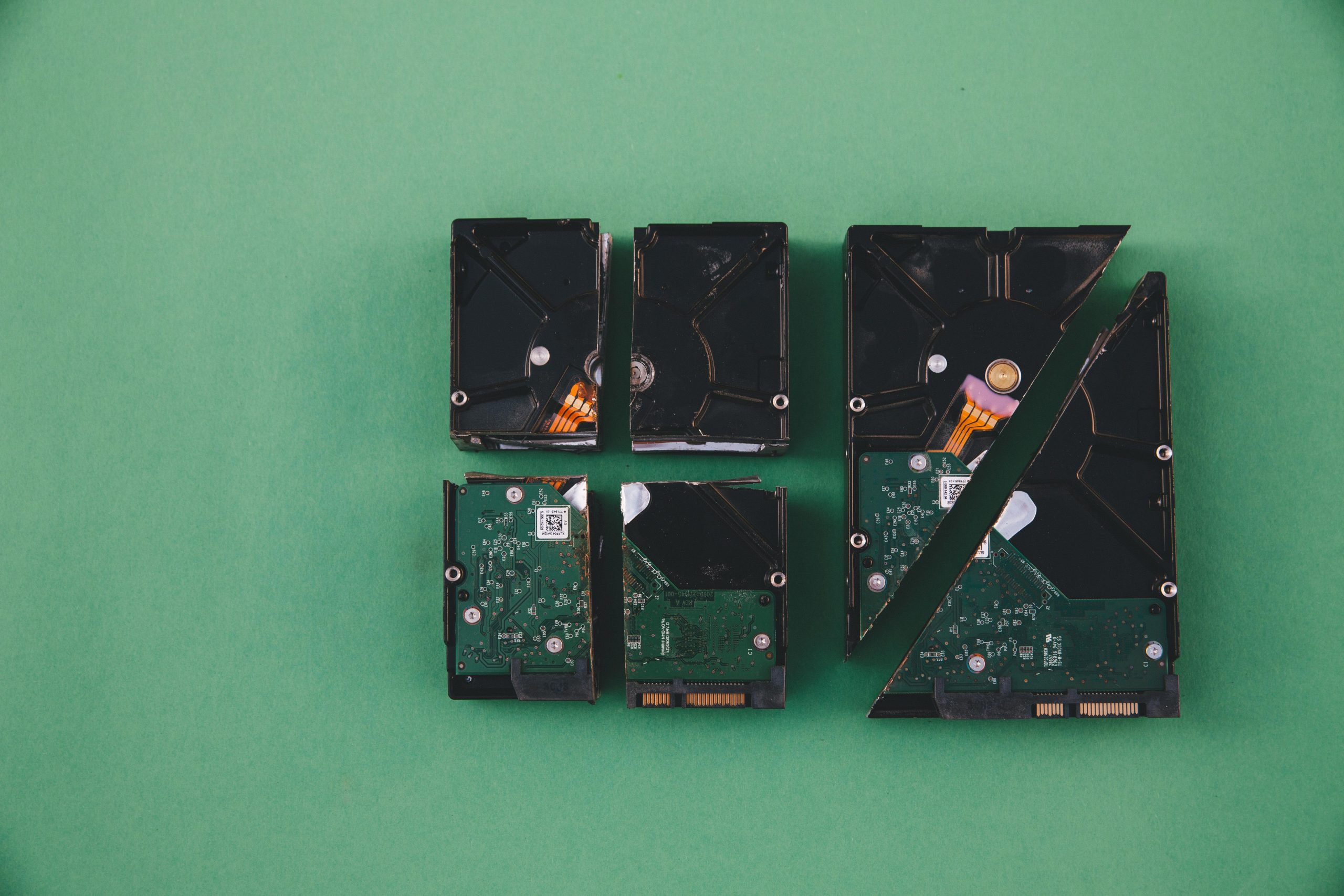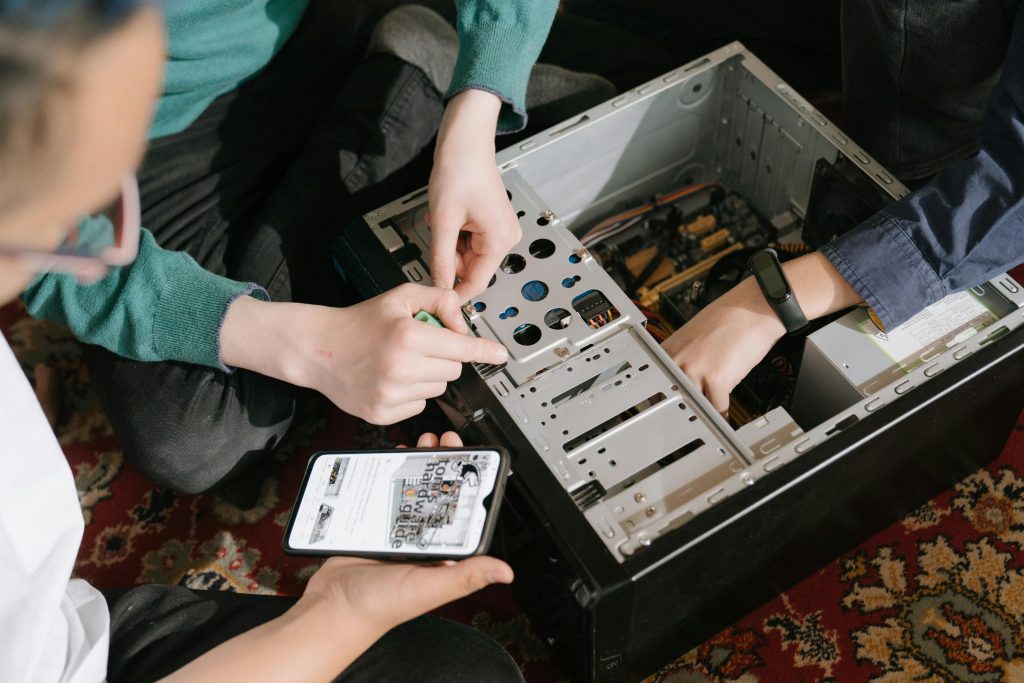Troubleshooting External Hard Drive Recognition Issues During Data Cloning
Many users encounter difficulties when attempting to clone or retrieve data from external hard drives, especially when the drive begins to show signs of hardware failure or corruption. In this article, we explore a common scenario involving a Seagate FreeAgent 3TB external hard drive that is experiencing I/O errors and isn’t being recognized by certain cloning tools, despite being visible in Windows.
The Scenario
A user aimed to clone data from a failing Seagate FreeAgent 3TB external drive to a new 3TB external drive. However, they faced challenges with popular data recovery and disk management software — specifically, Macrium Reflect and DiskGenius — which did not recognize the external drive during the cloning process. Meanwhile, Windows Explorer and Disk Management successfully detected the device, indicating physical connection and basic recognition, but the drive exhibited intermittent issues.
Background and Symptoms
The external hard drive had been exhibiting signs of malfunction over several months. Notably:
- Persistent “device I/O error” messages when attempting to access the drive via Windows Explorer.
- Recognition in Windows Disk Management, signaling that the system detected the device at a hardware level.
- Stable connection with cables and ports verified; the problem seems rooted in the drive itself.
- Similar I/O issues appeared when connecting to a different PC.
Over time, attempts to scan and fix the drive with chkdsk /f /r /x proved initially successful but were disrupted by an unexpected system shutdown. Post-shutdown, running chkdsk revealed the drive had transitioned to RAW format, indicating potential filesystem corruption.
Critical Data and Urgency
The drive contains approximately 2.5 terabytes of valuable data, including countless photos and archived videos, making data recovery a priority. The user’s goal was to clone or at least recover the data without risking further damage to the drive.
Initial Troubleshooting Efforts
- Running File System Checks: Using
chkdskto repair filesystem errors, which temporarily worked but was interrupted. - Assessing Drive Recognition: Despite issues in Windows Explorer, the drive was recognized in Disk Management, offering a glimmer of hope for further recovery.
- Using Cloning Software: Macrium Reflect’s “Rebuild” tool was able to detect the drive, although the user was unfamiliar with how best to proceed safely.
Recommendations for Moving Forward
When
Share this content:


